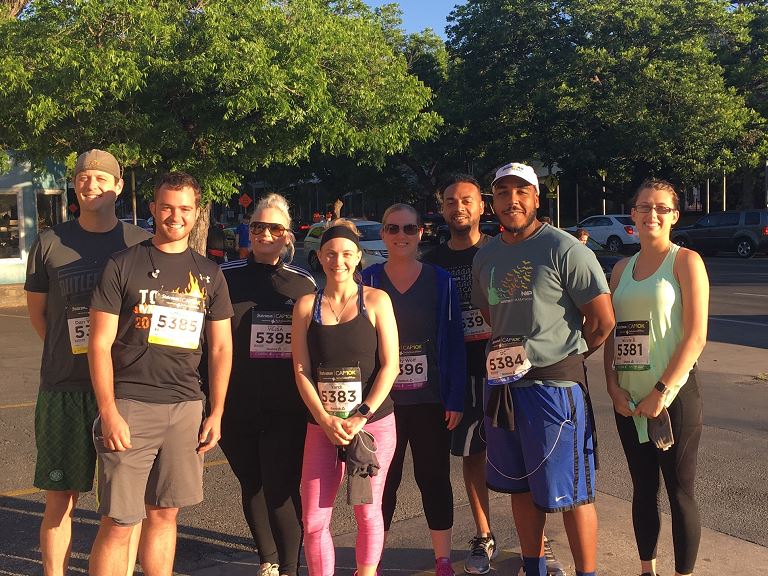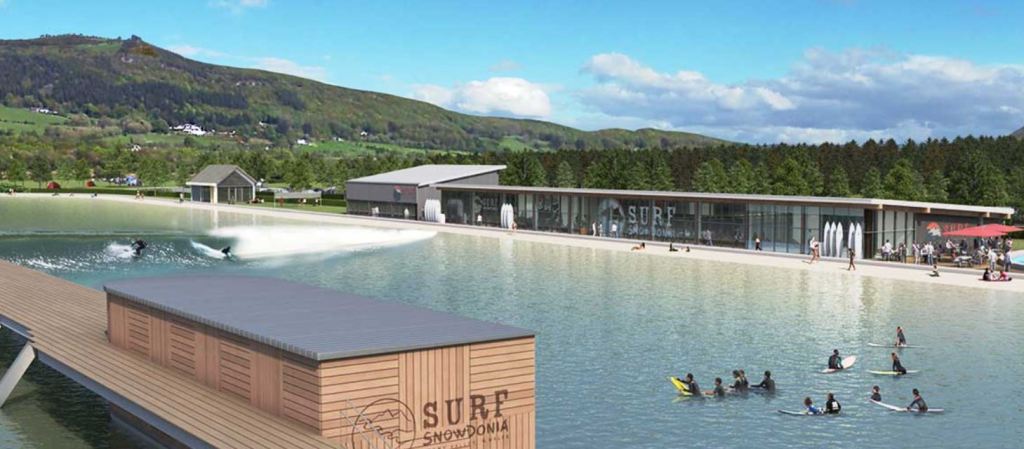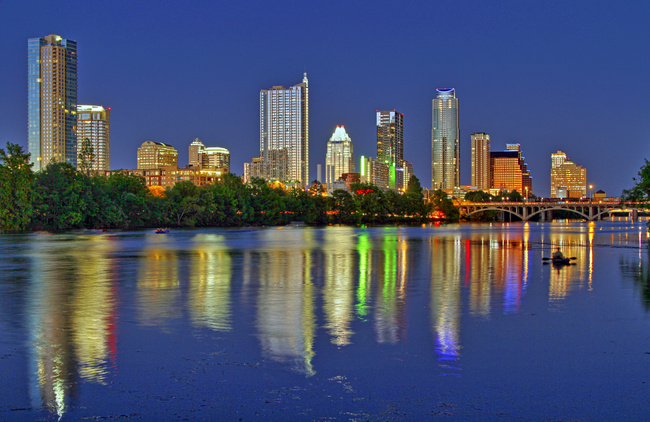Austin Cap 10K
Running for Parks
When it comes to celebrating the importance of parks, there is no better place to gather than a local park on a balmy spring day. Ideal weather helped to make Vic Mathias Shores Park the perfect backdrop for the 2017 Austin Cap 10K, a benefit race for local nonprofits. The Austin Cap 10K race winds […]


